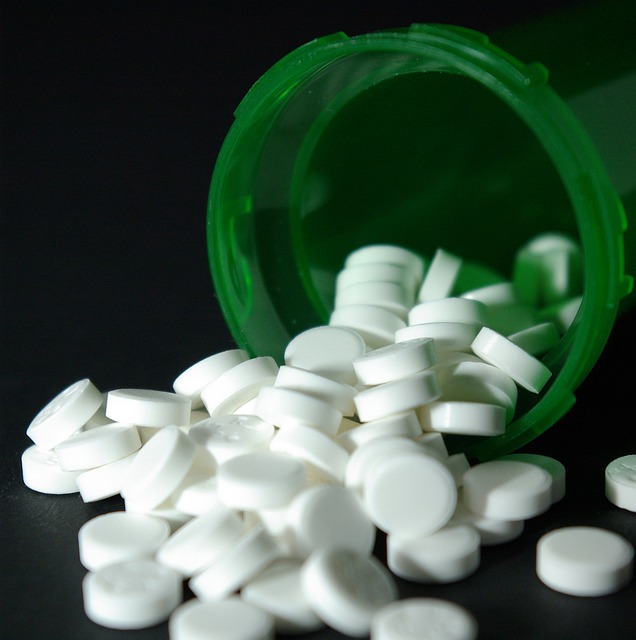2015 Drug Trends in New Hampshire

Drug abuse changes over the years and it is important that specialists follow these trends so that they can take appropriate measures to combat drug use (and drug abuse) among various groups of citizens. While it may seem unbelievable to some people out there, drug abuse is not just a movie theme, but reality too many people around the world have to face with every single day that goes by.
Between 2009 and 2010, New Hampshire was rates among the top 10 states with drug use occurrences in various categories (using drugs in the last 30 days, using marijuana, drug addition, using prescription medication without an actual prescription, and so on). In this state, drug issues are very serious and the average percentage of using drugs in the last 30 days is higher here than the national average (12.15% of the respondents admitted to having used some sort of drug in the last month, as compared with the national average that reached 8.82%). Furthermore, the number of people using other drugs than marijuana in the last month is higher in New Hampshire than it is on a national level (with 4.65% of the respondents in this state doing this, as compared with 3.6% of the respondents at a national level doing it). Even more, the number of deaths caused by drug abuse was higher in New Hampshire than it was in other states and it was also higher than the national average as well.
While cocaine, heroin and other street drugs are still an issue, an even more alarming piece of data shows that other opiates (prescription drugs such as powerful opiate-based pain killers) are the most commonly used types of drugs in this state. In fact, the issue is similar to other states as well and specialists generally admit that the United States of America is facing a true prescription drug epidemic that has to be faced as soon as possible with appropriate measures such as educating the population on the risks of using such drugs and building programs to ensure that unused medication is returned to professionals in the field.
According to the Office of National Drug Control Policy (ONDCP), prescription drug abuse is the fastest growing issue of this kind at a national level and there are several programs being developed to lower the number of people who have issues with prescription drug (abuse, addiction, overdose and so on). All of the measures that have been developed to prevent prescription drug abuse have been named “Epidemic: Responding to America’s Prescription Drug Abuse Crisis”.
One of the actions taken in this direction comes under the name of Prescription Drug Monitoring Programs. These programs are meant to track the way in which the release of these drugs is made by the professionals authorized to do this. Providing patient care, knowing how to tell the early signs of issues related to the use of these drugs as well as knowing how to tell if such drugs have been diverted are part of the program. 41 states already have programs to sustain these actions and 9 other states have their program authorized as well. In New Hampshire, the Controlled Drug Prescription Health and Safety Program Operation has been enacted as of 2012.
Furthermore, another action taken at a national level is related to the way in which unused, expired and unneeded medication is being disposed. Many times, improper disposal of prescription drugs hurts the environment and increases the chances that they are diverted or that they are used by people who are already addicted to these substances. Drug take-back programs can be a way in which people can dispose of the unused medication in a convenient and easy way so federal laws are being elaborated to support such actions.
It is of the highest importance that both people working in this field and people who are yet unaware of the dangers posed by prescription drug abuse learn of the major risks involved in using these drugs without prescription or in an excessive way. Although pain killers can help people in need, the truth is that there is always the risk of developing addiction to them so patients have to be thoroughly informed on how to take this kind of medication without the risks involved. Even more, communities have to be taught on how to support drug abuse in general and prescription drug abuse in particular (as this is one of the most worrisome issues at a national level).

